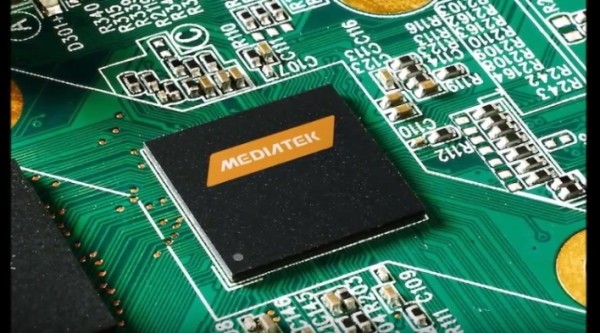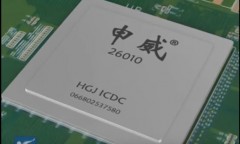By Prei Dy, | February 28, 2017

MediaTek's latest Helio X30 will be first installed on Vernee's Apollo 2. (YouTube)
MediaTek has officially announced the commercial availability of its next-generation cutting-edge chipset called the Helio X30 at the Mobile World Congress. The Helio X30 is entering mass production and is slated to make its debut on mobile phones next quarter.
The Helio X30 is so far the company's most powerful system-on-chip (Soc); thus, this will power high-end devices. It is manufactured by TSMC on a 10nm FinFET process, down from the 20nm process used for the Helio X20. This makes the chip more power efficient, requiring 50 percent less power and offering a 35 percent performance increase. To compare, other Android flagships still offer 14nm or 16nm process, while Apple is expected to feature its 10nm chipset in 2018.
Like Us on Facebook
MediaTek is promoting its intelligent task switcher, CorePilot 4.0, to deliver 25 percent more power saving. The CorePilot 4.0 could pull data from the device's thermal and rely on "user experience monitoring tech" to forecast which CPU cores should be utilized on a specific task.
"CorePilot 4 perfectly balances power and efficiency, and adapts to users' computing patterns to manage power consumption," Jeffrey Ju, MediaTek's executive vice president and Co-COO, said.
The new chipset offers an all-new deca-core feature, sporting two ARM Cortex-A73 cores clocked at 2.5 GHz, four ARM Cortex-A53 cores at 2.2 GHz, and four ARM Cortex-A35 at 1.9 GHz. And in case of high-volume content streaming, the Helio X30 features three downlink Carrier Aggregation and two uplink Carrier Aggregation.
The Helio X30 also offers a 14-bit Imagiq 2.0 ISP that supports 28MP sensors, two 16MP cameras, with a ClearZoom and Total Noise Reduction, technologies that are expected to produce superior image quality. A Vision Processing Unit (VPU) will also be integrated to lighten the CPU and GPU's workload.
The UFS 2.1 storage is also supported, allowing the chip to handle up to 8GB of LPDDR4x RAM running at 1,866MHz. The SoC is also the first to feature a hardware-based 4K 10-bit HDR10 decode for 4K video playback at 30fps and a Category 10 LTE modem with a theoretical peak of 450Mbps.
China's Vernee Apollo 2 will be the first mobile device to be powered by the Helio X30.
-
Use of Coronavirus Pandemic Drones Raises Privacy Concerns: Drones Spread Fear, Local Officials Say

-
Coronavirus Hampers The Delivery Of Lockheed Martin F-35 Stealth Fighters For 2020

-
Instagram Speeds Up Plans to Add Account Memorialization Feature Due to COVID-19 Deaths

-
NASA: Perseverance Plans to Bring 'Mars Rock' to Earth in 2031

-
600 Dead And 3,000 In The Hospital as Iranians Believed Drinking High-Concentrations of Alcohol Can Cure The Coronavirus

-
600 Dead And 3,000 In The Hospital as Iranians Believed Drinking High-Concentrations of Alcohol Can Cure The Coronavirus

-
COVID-19: Doctors, Nurses Use Virtual Reality to Learn New Skills in Treating Coronavirus Patients










